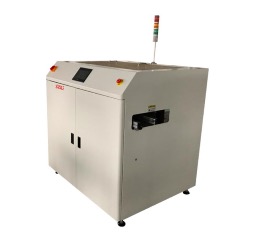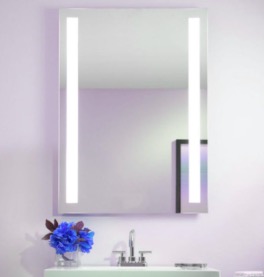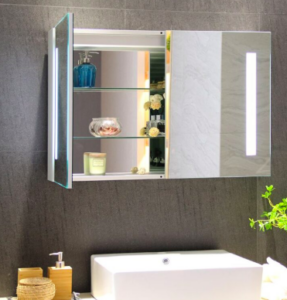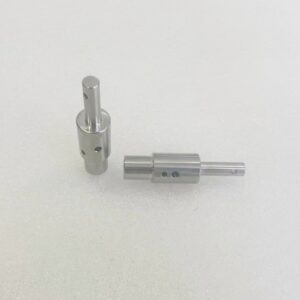As an electronic product developer, an aesthetically pleasing and robust box can help convert a piece of junk into a market-conquering phenomenon. The end-use parts and prototypes need enclosure, which is also a vital finishing touch of electronic devices and keeps wiring and components in place, thus guaranteeing durability and professional appearance. The possibilities for manufacturing enclosures are nearly endless. From laser-cut wooden boxes to CNC-machined aluminum shells, plastic boxes for electronics can be made using various materials and processes.
Table of Contents
ToggleWhat are the plastic boxes for electronics?
A plastic box for electronics, also called an enclosure, is the outer shell of products containing electrical components. They are made of metal or plastic. Enclosures have lots of benefits;
- Provides portability
- Protects electronic components from environmental hazards like bumps, liquids, and knocks
- Facilitates easy input and output connections
- Easy storage of electronic components
Electronic components housed within a box are easy to manage. Using enclosures is also beneficial to businesses as it may help attract potential clients. For instance, a printed 3D box with branding and attention to detail provides a real picture of the potential product, unlike drawings. Enclosures are of two halves; they feature holes on the surface for an external screen, connectors, switches for power cables, and input/ output.
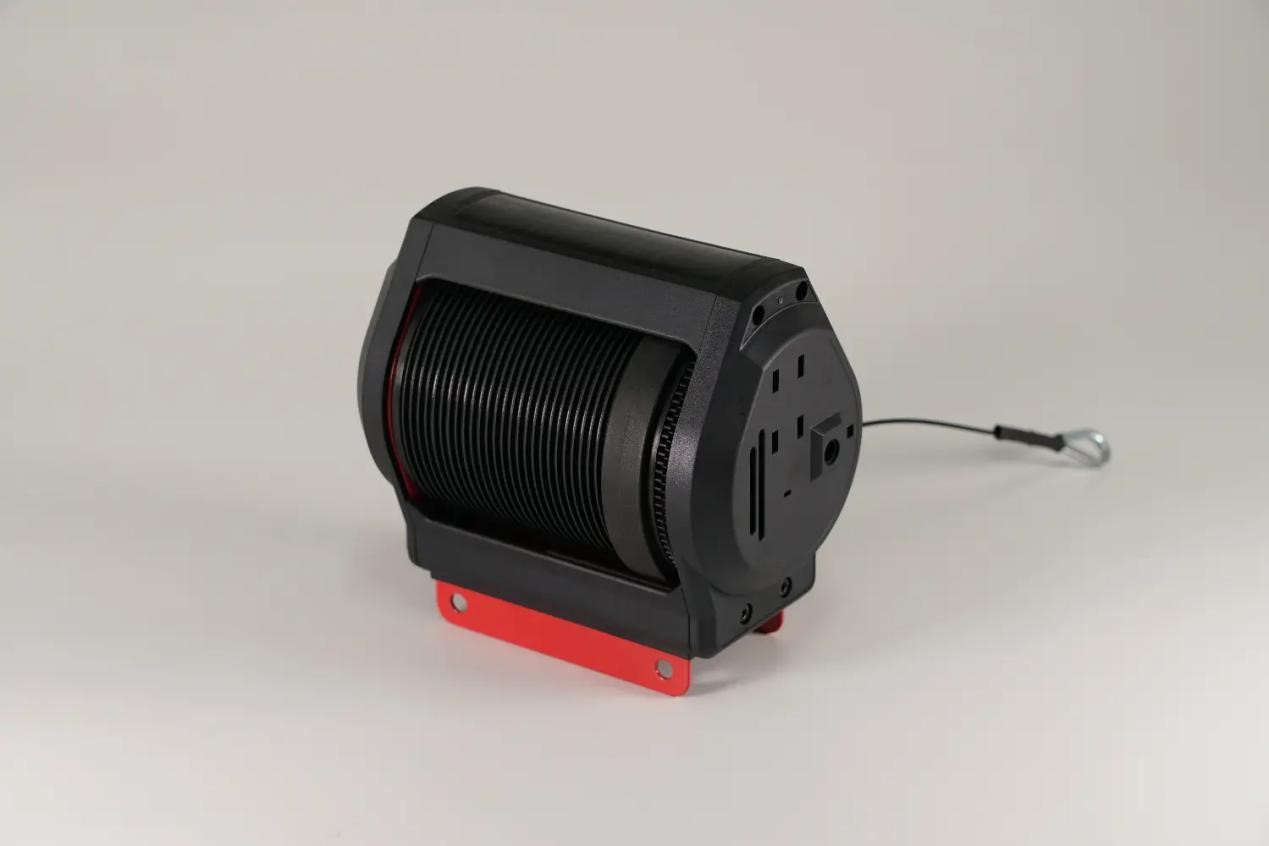
Materials for a plastic box for electronics
If you need to consider making the right box for your project to be more competitive, then you may want to consider the material of the box
A laser-cut wooden box is suitable for DIY projects
Metals and plastic are best for professional products
The most vital considerations are durability and strength, as some products get subjected to strenuous activities more than others. Ideally, the manufacturing process will determine the material options.
Types of the manufacturing process for a plastic box of electronics
1.Injection molding electronics enclosure:Injection molding is the best for manufacturing simple consumer products. It’s ideal for plastic enclosures as it creates boxes for products like sensors, controllers, displays, electronic keys, and much more. ABS, Acrylic, TPE, and Polycarbonate are the materials used.
2.3D printing electronics enclosure: Though 3D printing is not perfect for manufacturing products in large quantities, it’s the most affordable and effective method to produce plastic boxes for electronics. The CAD software designs the enclosure and sends it to the 3D printer, and this technology allows adjustment freedom. ABS, PLA, and polycarbonate is the material used for this process. Also, electronic components can be fully enclosed within the 3D-printed casing, thus doing away with assembly.
Conclusion
If you are a professional electronic product developer, then manufacturing a beautiful and sturdy plastic box for your brand product is very helpful to improve the market competitiveness of your product. There are many professional plastic boxes for electronics prototype manufacturers on the market , you can measure your project needs, choose suitable raw materials and trustworthy suppliers, and make your electronic products stand out.
0